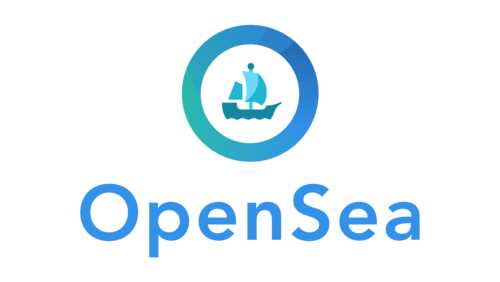The world of Non-Fungible Tokens (NFTs) has taken the digital space by storm, with creators and collectors alike participating in this innovative ecosystem. Platforms like OpenSea have played a pivotal role in making NFTs accessible to a global audience. If you're inspired by the success of OpenSea and want to create your own NFT marketplace, this guide will walk you through the key steps and considerations to bring your vision to life.
Understand the NFT Ecosystem:
Before diving into the development process, it's crucial to have a solid understanding of how NFTs work. Familiarize yourself with blockchain technology, smart contracts, and the Ethereum network, which is a popular choice for NFTs due to its robust and widely adopted standards like ERC-721 and ERC-1155.
Define Your Niche and Unique Selling Proposition:
Identify your target audience and decide on the specific niche your NFT marketplace will cater to. Whether it's art, music, gaming, or any other domain, having a niche will help you tailor your platform to meet the unique needs of your users. Consider what will set your marketplace apart from existing platforms.
Select the Blockchain and Smart Contract Standards:
Choose the blockchain on which your NFTs will be minted and traded. Ethereum is a popular choice, but other blockchains like Binance Smart Chain and Flow are gaining traction. Select the appropriate smart contract standards (e.g., ERC-721 for individual tokens or ERC-1155 for multi-fungible tokens) based on your platform's requirements.
Development and Smart Contract Deployment:
Engage a skilled development team or use existing NFT marketplace development platforms to build the core infrastructure of your platform. Develop and deploy smart contracts that govern the creation, ownership, and transfer of NFTs. Ensure security and conduct thorough testing to identify and rectify any vulnerabilities.
User-Friendly Interface:
Design an intuitive and user-friendly interface that allows creators to easily mint and list their NFTs, and collectors to browse and purchase them. Implement features like search filters, categories, and a responsive layout for a seamless user experience.
Integration of Wallets and Payment Gateways:
Facilitate transactions by integrating cryptocurrency wallets like MetaMask and supporting various payment methods. Security is paramount, so implement robust encryption and follow best practices to protect user funds and personal information.
Community and Social Features:
Encourage community engagement by integrating social features such as user profiles, comments, and sharing functionalities. Building a strong community around your NFT marketplace can enhance user trust and loyalty.
Legal Compliance:
Understand the legal landscape surrounding NFTs and ensure your platform complies with relevant regulations. Consider issues such as intellectual property rights, licensing agreements, and user data protection.
Marketing and Promotion:
Develop a comprehensive marketing strategy to promote your NFT marketplace. Leverage social media, influencers, and partnerships within the NFT community to create awareness and attract both creators and collectors to your platform.
Continuous Improvement and Innovation:
The NFT space is dynamic, with evolving trends and technologies. Stay informed about industry developments, gather user feedback, and continuously improve your platform by implementing new features and optimizations.
Conclusion:
Creating an NFT marketplace like OpenSea requires careful planning, technical expertise, and a deep understanding of the NFT ecosystem. By following these steps and staying committed to delivering a top-notch user experience, you can contribute to the growth of the NFT space and provide a platform for creators and collectors to thrive.
Contact our Experts Today:
See our Portfolio: https://rb.gy/0342g
Skype - live:62781b9208711b89
Email Id - [email protected]
Telegram - https://telegram.me/Clarisco
Book a Free Demo - https://rb.gy/rzcdrp





Comments